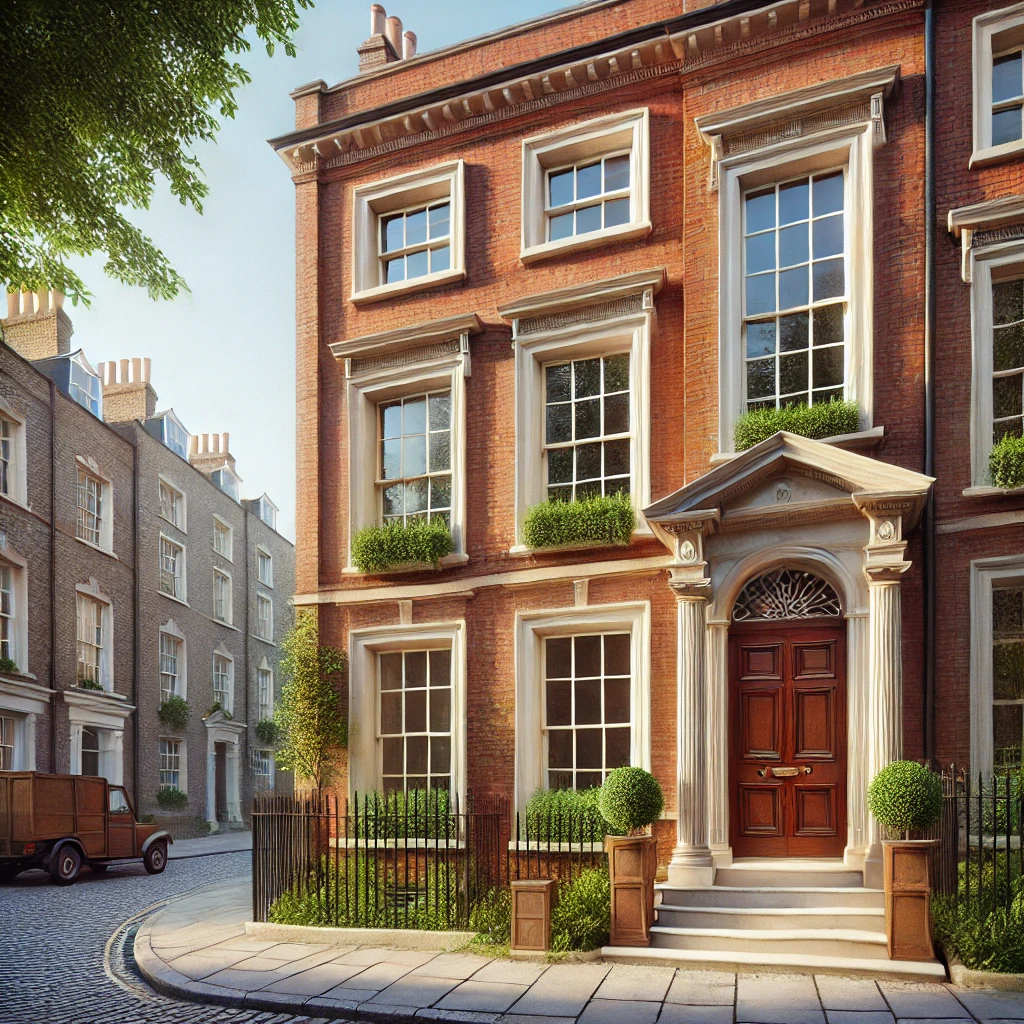
Is Vacuum Glazing the Best Green Solution for Listed Buildings?
Are you a listed building homeowner facing the challenge of balancing sustainability, energy efficiency, and the preservation of historical character? […]
Are you a listed building homeowner facing the challenge of balancing sustainability, energy efficiency, and the preservation of historical character? When the initial magic of moving into a listed building wears off (probably after freezing your first winter in your home and the subsequent heating bills) you’ll be in search of a solution. Vacuum glazing stands out as a clear winner, offering modern performance and minimal visual change. Whether you’re looking to refurbish existing windows or opt for replacements, vacuum glazing is the sustainable choice.
How Can You Upgrade Windows in Listed Buildings?
Listed buildings require careful planning and consideration for any upgrades to ensure they meet conservation guidelines. Two main options are available for enhancing energy efficiency: retrofitting or replacing windows.
Option 1: Listed Window Refurbishment with Vacuum Glazing
Refurbishing your existing windows is often the preferred route for listed properties, especially when the original frames contribute to the building’s historical significance.
- Retain Original Features: Vacuum glazing’s slim profile (as thin as 8.3mm) allows it to fit into traditional timber or metal frames without altering their appearance.
- Energy Efficiency: By upgrading single glazing to vacuum glazing, you can achieve U-values as low as 0.4 W/m²K, significantly reducing heat loss.
- Cost-Effective: Refurbishing windows is typically more affordable than full replacements and retains the charm of the original design.
- Planning Approval: Listed window refurbishment with vacuum glazing is often favoured by conservation officers as it preserves the property’s unique character.
Option 2: Replacement Windows for Listed Buildings
When existing windows are beyond repair, replacement may be the only option. Vacuum glazing combined with heritage-sensitive frames ensures compliance with listed building regulations while achieving modern performance.
- Authentic Appearance: Replacement windows for listed buildings can be crafted to replicate traditional designs, using materials like timber to maintain a cohesive look.
- Superior Insulation: Double glazed windows for listed buildings featuring vacuum glazing provide excellent thermal performance and soundproofing.
- Conservation-Approved Design: Modern heritage window designs with vacuum glazing align with planning requirements, making them an ideal replacement option.
Why Is Vacuum Glazing Superior for Listed Building Windows?
When comparing vacuum glazing to traditional alternatives, its benefits for listed building windows become clear:
- Better Energy Efficiency: Vacuum glazing offers U-values as low as 0.4 W/m²K, outperforming slim double glazing and secondary glazing in thermal performance.
- Seamless Appearance: Its slim design avoids the double reflections and bulkiness often associated with double glazing, making it virtually indistinguishable from single glazing.
- Eco-Friendly Materials: Vacuum glazing uses fewer resources in production compared to traditional double glazing, aligning with sustainability goals.
How Does Vacuum Glazing Help Meet Conservation Goals?
Listed buildings are subject to strict planning regulations that prioritise the preservation of their historical and architectural features. Vacuum glazing offers a solution that respects these requirements while modernising the property.
- Fits into Conservation Guidelines: Vacuum glazing’s slim profile ensures it’s compatible with traditional frames, often making it easier to gain planning approval.
- Supports Net-Zero Goals: By improving energy efficiency and reducing heating demand, vacuum glazing aligns with sustainability targets for heritage properties.
- Reduces Carbon Footprint: With a longer lifespan and lower heat transfer, vacuum glazing minimises both energy consumption and environmental impact.
Why Choose Vacuum Glazing Over Other Options?
While options like slim double glazing and secondary glazing are commonly considered, vacuum glazing surpasses them in performance and appearance:
- Slim Double Glazing: Slightly bulkier than vacuum glazing and prone to unit breakdown, slim double glazing can still disrupt the visual integrity of listed buildings.
- Secondary Glazing: Adds insulation but van be unsightly and make accessing original windows difficult.
- Vacuum Glazing: Combines energy efficiency, slim design, and long-term durability, offering the ideal solution for listed buildings.
Ready to Retrofit or Replace Windows in Your Listed Building?
Whether you’re planning a listed building window replacement or a listed window refurbishment, vacuum glazing provides the perfect balance of modern performance and historical preservation.
Get a quote now and make your heritage property more energy-efficient and sustainable!